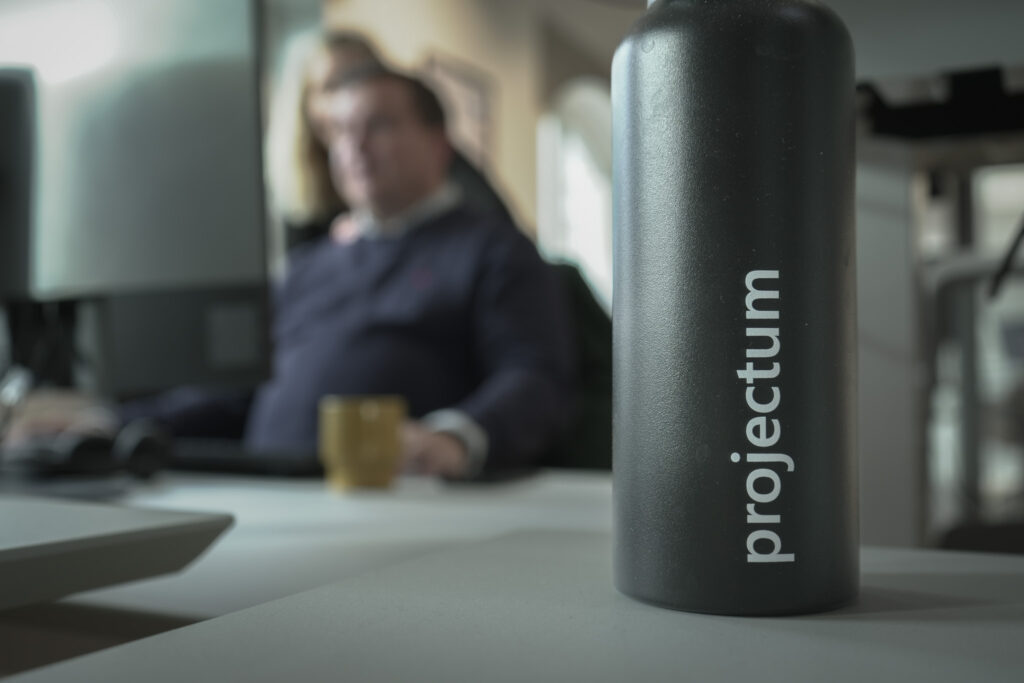For architecture and interior design firms, where attention to detail and coordinated project management are essential, Power PPM stands out as a versatile tool. Built on the Microsoft Power Platform, it integrates seamlessly with tools like Planner and Project for the web, ensuring that teams can stay on top of every phase.
One of the key strengths of Power PPM is its capability in Strategic Portfolio Management. This software connects projects directly to firm strategies, aligning everyday tasks with long-term goals. By providing advanced tools for portfolio and resource management, design firms can better control project scopes and budgets, reducing delays and cost overruns.
The platform’s low-code nature also brings flexibility without compromising on complex functionality. For example, Power PPM allows project managers to adapt workflows to meet the unique demands of each design project. This ensures that every step, from initial concept to final delivery, is executed with accuracy and clarity.
Harnessing Power PPM for Strategic Portfolio Management
Strategic portfolio management is vital for design firms aiming to improve project precision and efficiency. By leveraging Power PPM, firms can prioritise resources, monitor project progress in real-time, centralise data, make informed decisions, and foster team collaboration.
Optimised Resource Allocation
Design firms often struggle with balancing multiple projects simultaneously. Power PPM provides tools to allocate resources efficiently. It ensures that professional architects have access to the right resources at the right time. This optimisation reduces downtime and overwork. Firms can view resource availability, skill sets, and project demands in one platform. This enables managers to assign tasks appropriately and ensure that resources are utilised effectively.
Real-Time Project Tracking
For architecture and interior design firms, real-time project tracking is crucial. Power PPM offers features that enable continuous monitoring of project progress. Teams can update timelines, budgets, and milestones instantly. This real-time data offers managers a clear view of current statuses. They can promptly address any issues that arise. This proactive approach helps in maintaining schedules and budgets, ensuring that projects stay on track.
Centralised Data and Reporting
One of the strengths of the best PPM is its ability to centralise data. All project-related information, from schedules to financial forecasts, is stored in one place. This eliminates data silos and enhances transparency across the firm. Accurate and comprehensive reporting becomes easier. Managers can generate detailed reports with a few clicks, providing insights into performance and areas needing attention. This centralisation fosters informed decision-making and strategic planning.
Effective Decision-Making
Effective decision-making in design firms relies on accurate, up-to-date information. With Power PPM, managers have access to all necessary data, enabling informed choices. Whether it is selecting which projects to prioritise or reallocating resources mid-project, the tool provides the insights needed. Power PPM’s analytical capabilities allow firms to evaluate project risks, profitability, and alignment with strategic goals. This ensures that every decision supports the firm’s long-term success.
Enhanced Team Collaboration
Enhanced team collaboration is another significant benefit of Power PPM. The tool connects professional architects and interior designers through a unified platform. Teams can share updates, documents, and feedback in real-time. This seamless communication improves coordination and reduces misunderstandings. Collaboration features such as shared dashboards and collaborative planning tools keep everyone aligned with project goals. This not only improves productivity but also contributes to better project outcomes.
By harnessing Power PPM, architecture and interior design firms can drive precision and efficiency in their projects.
Power PPM’s Impact on Professional Architects
Power PPM enhances the precision and efficiency for professional architects by streamlining design processes, ensuring compliance with sustainability standards, improving client relationships, and fostering continual skill development.
Innovative Design and Modelling
Professional architects benefit from Power PPM’s advanced modelling capabilities. The tool integrates with scheduling systems like Planner and Project for the web, allowing design teams to manage complex projects seamlessly. Architects can use these features to visualise designs, modify project plans in real-time, and ensure all team members are aligned. This reduces errors and enhances the speed at which project modifications can be implemented.
Sustainable and Compliant Practice
Ensuring sustainability and compliance is crucial for architects. Power PPM helps architects track and manage sustainability goals throughout the design and construction process. The tool facilitates easy access to regulatory standards and integrates sustainability checklists, ensuring each project is compliant with environmental norms. This capability helps in making better material choices and reducing the overall environmental impact.
Client Engagement and Satisfaction
Engaging with clients is a crucial aspect of architectural projects. Power PPM allows architects to improve transparency and communication with their clients. The platform offers features that enable real-time updates, progress tracking, and visual reports. These tools ensure clients are well-informed, fostering trust and satisfaction. Consistent and clear communication helps in addressing client concerns promptly and maintaining a positive relationship throughout the project lifecycle.
Continual Learning and Development
For professional architects, staying updated with the latest skills and industry trends is necessary. Power PPM provides resources and tools that aid in continual learning and skill development. The platform offers training modules, webinars, and access to industry best practices. This ensures architects can hone their skills, stay ahead in the competitive market, and implement the latest innovations in their projects.






